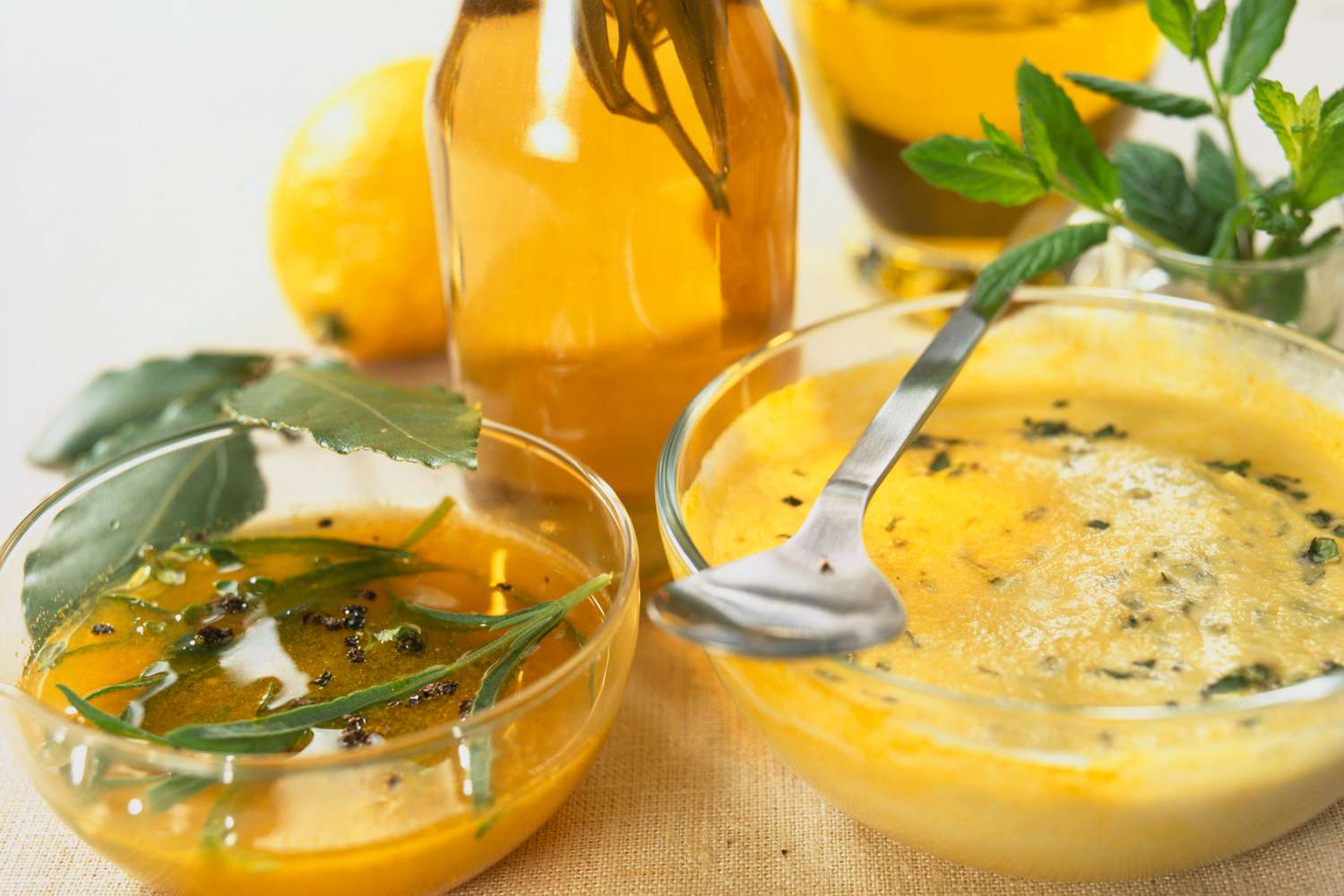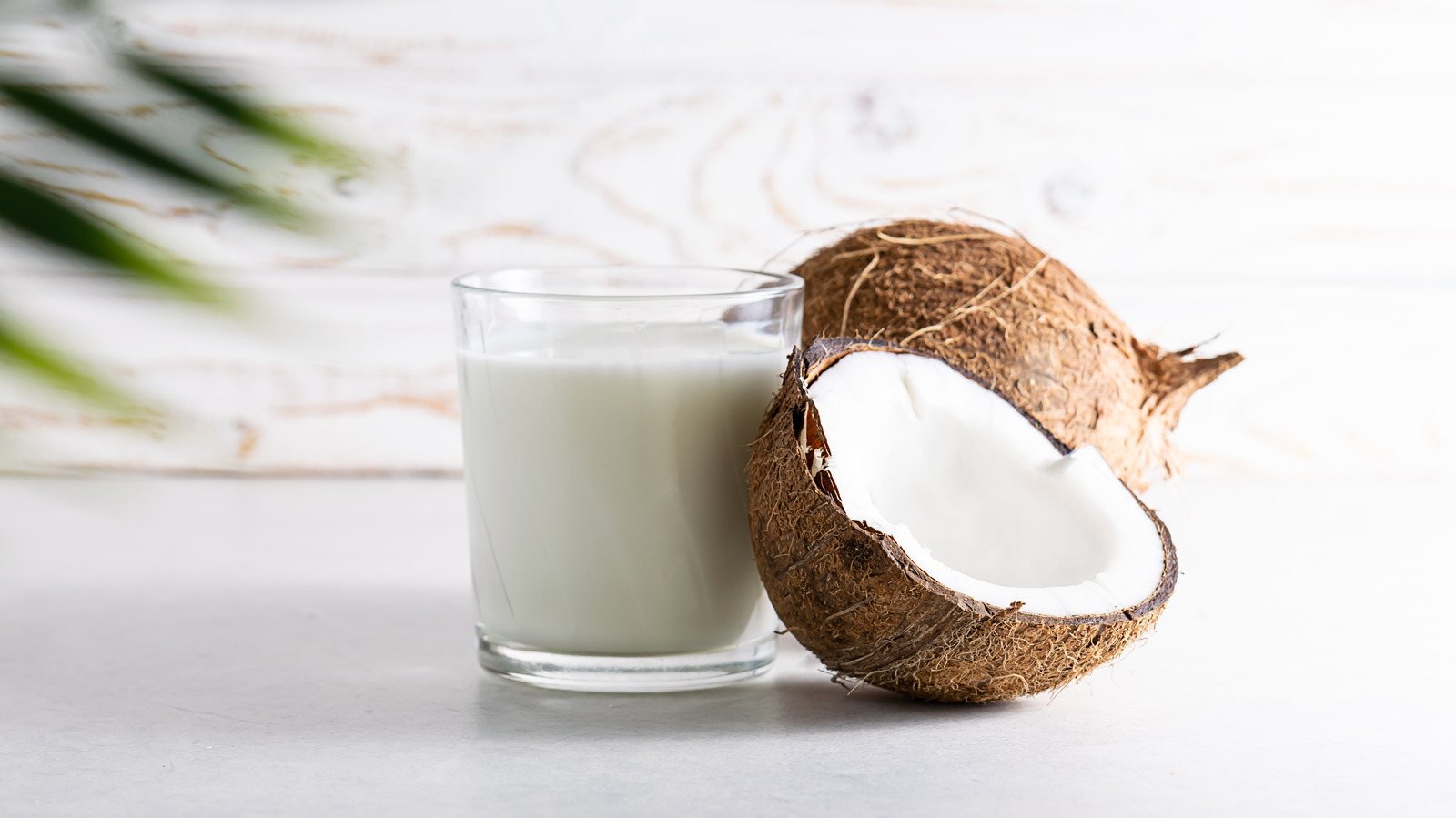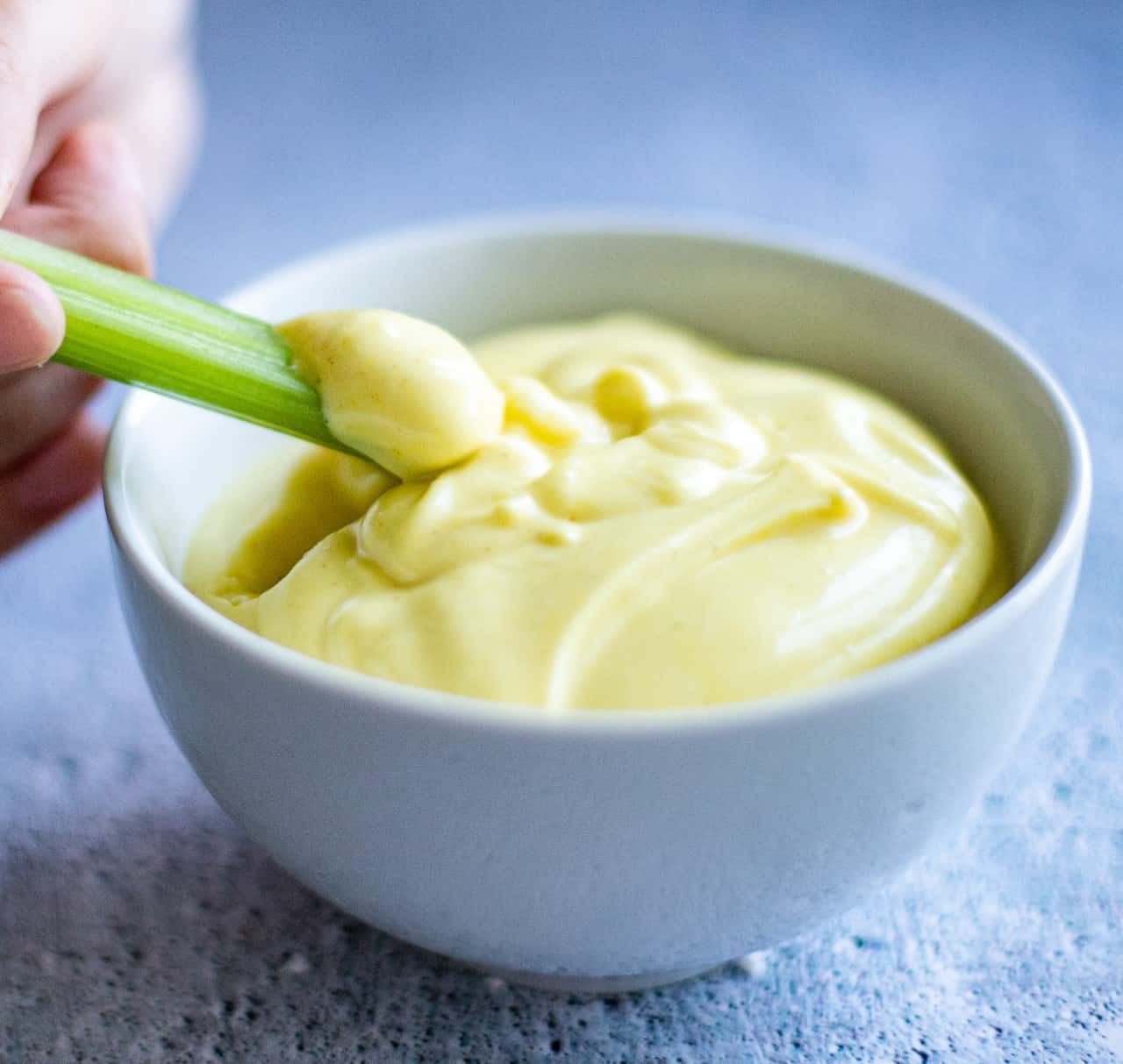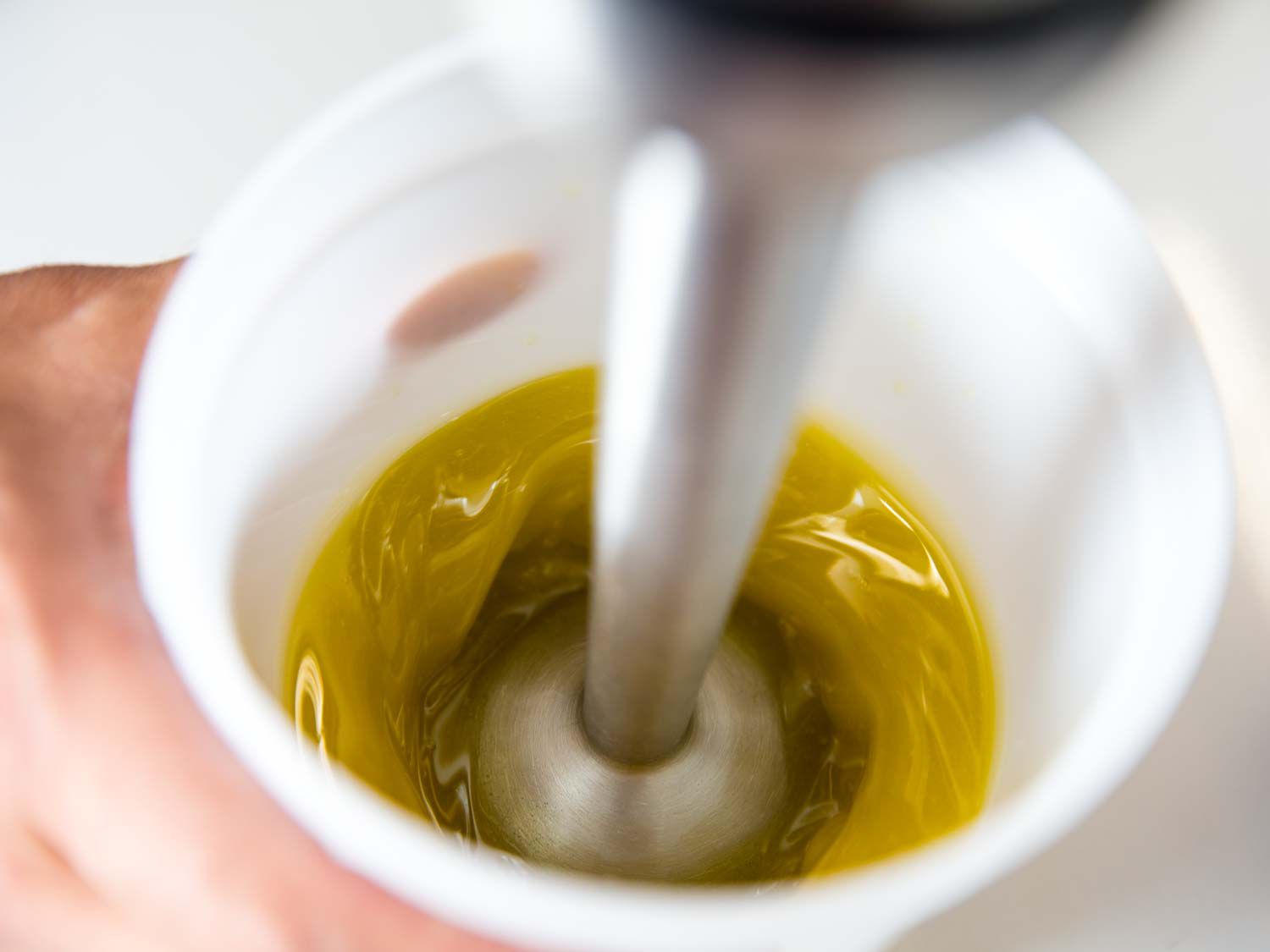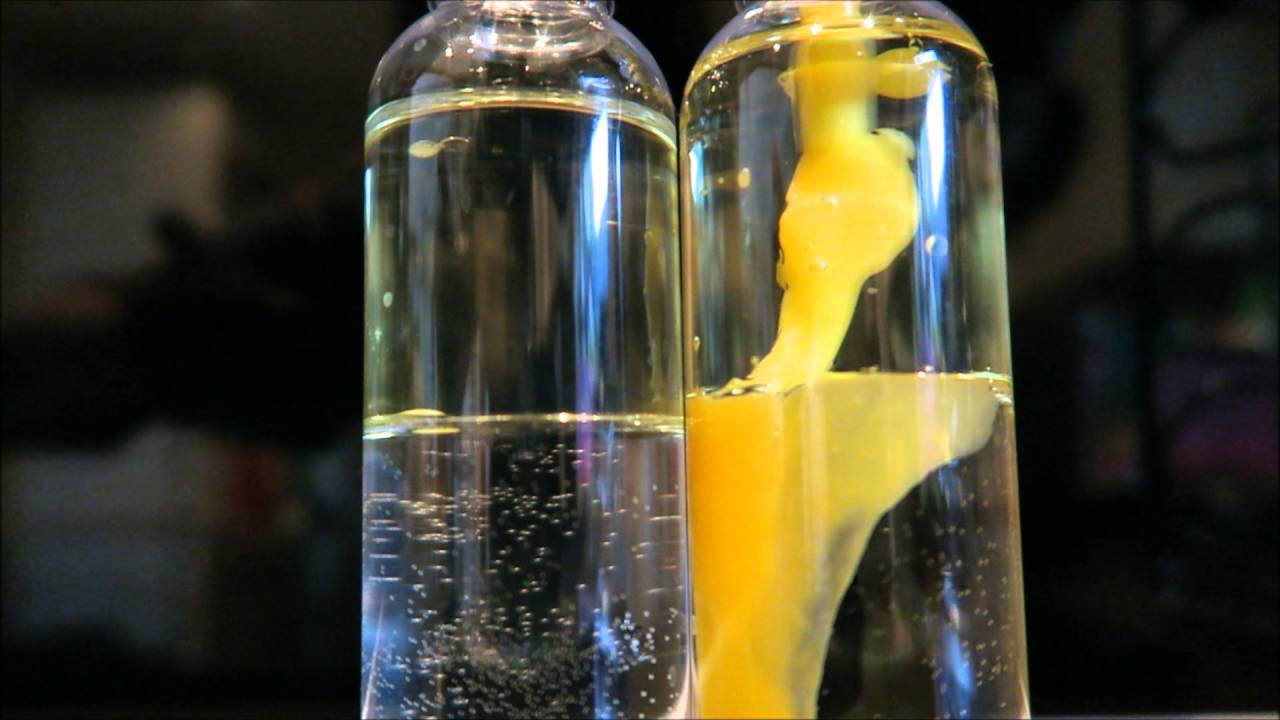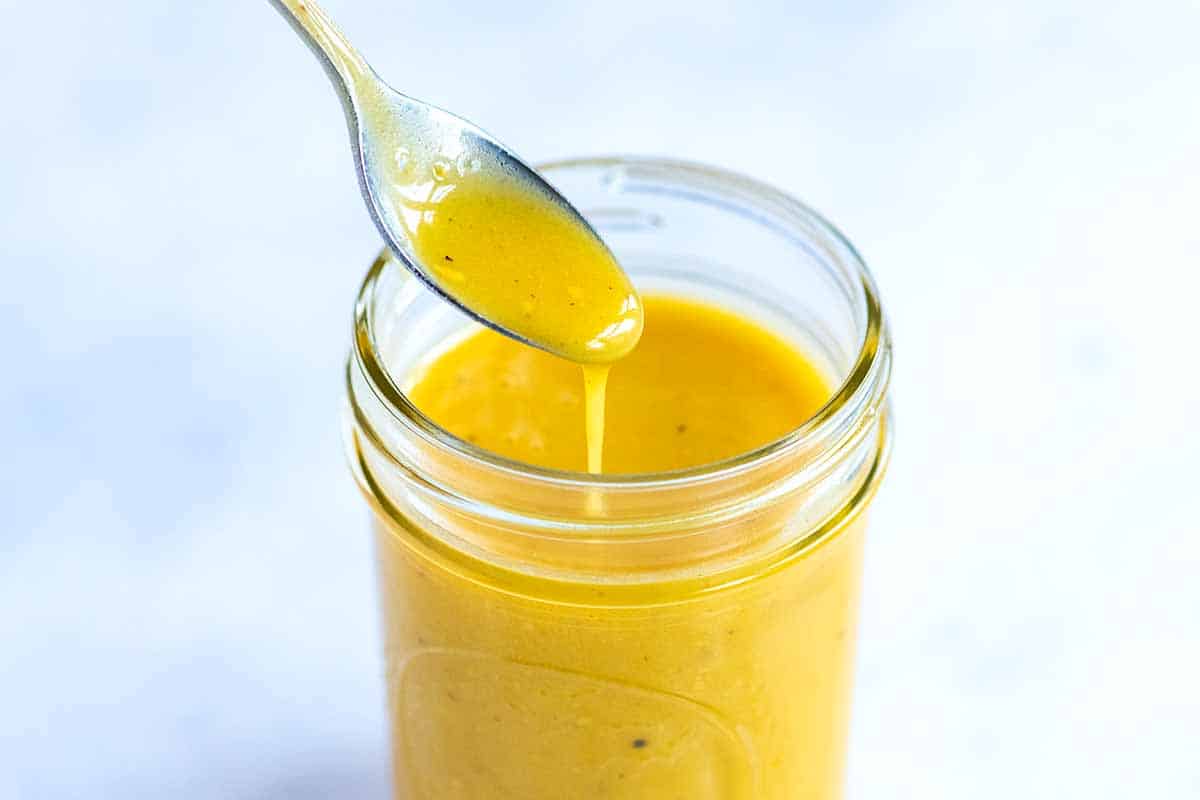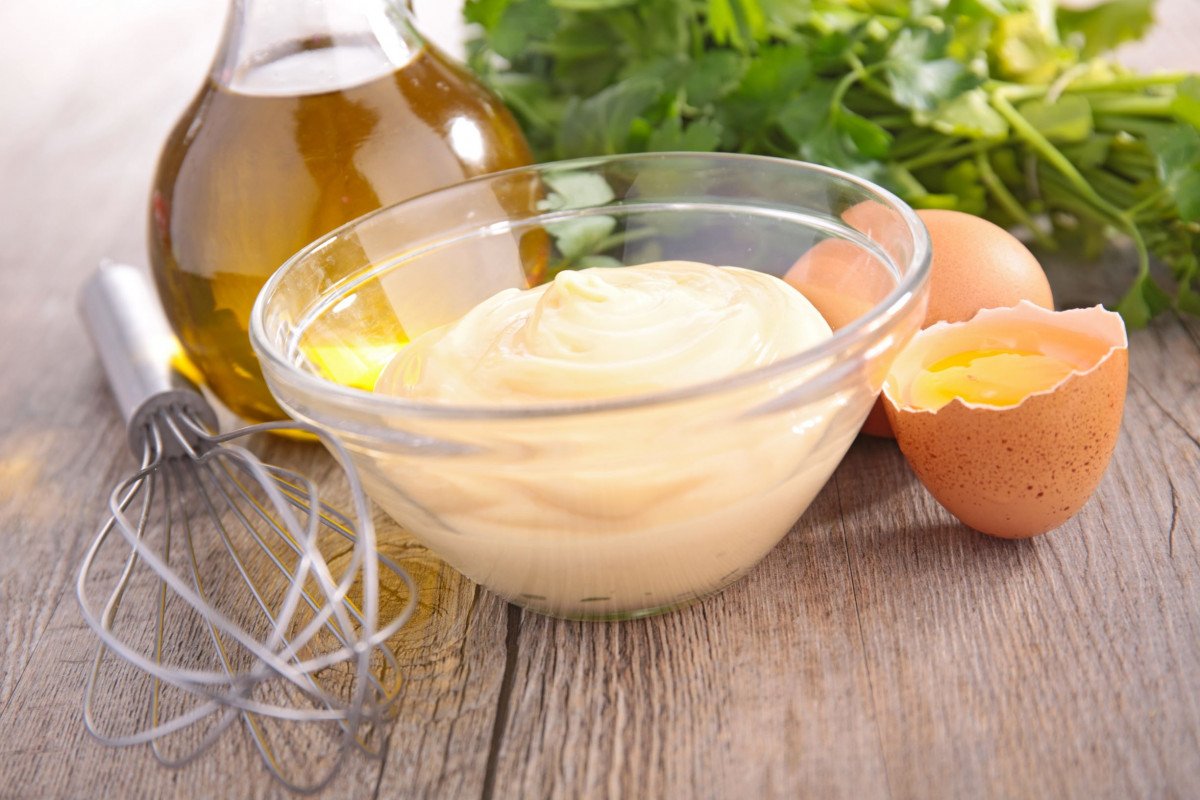Emulsifying Kefir: A Step-by-Step Guide
Welcome to our guide on how to emulsify kefir! Kefir is a delicious and nutritious fermented drink that is packed with probiotics and has a tangy flavor. Emulsifying kefir can help to create a smoother and creamier texture, making it even more enjoyable to drink. In this article, we will walk you through the process of emulsifying kefir at home.
What You’ll Need
Before we get started, let’s gather the necessary ingredients and tools:
- 1 cup of kefir
- Blender or whisk
- Glass jar or bottle
Step 1: Prepare the Kefir
Start by pouring 1 cup of kefir into a blender or a mixing bowl if using a whisk. Make sure the kefir is fresh and at room temperature for the best results.
Step 2: Emulsification Process
Now, it’s time to emulsify the kefir. You can choose one of the following methods:
- Using a Blender: If you’re using a blender, simply blend the kefir on high speed for 30-60 seconds. This will help break down any lumps and create a smooth, creamy texture.
- Using a Whisk: If you don’t have a blender, you can use a whisk to vigorously whisk the kefir for 2-3 minutes until it becomes smooth and creamy.
Step 3: Store the Emulsified Kefir
Once the kefir is emulsified to your desired consistency, transfer it to a clean glass jar or bottle for storage. Seal the container tightly and refrigerate the emulsified kefir for at least 4 hours before consuming. This will allow the flavors to meld and the texture to further improve.
Enjoy Your Emulsified Kefir
Now that you’ve successfully emulsified your kefir, it’s time to enjoy the creamy and smooth texture of this probiotic-rich drink. You can savor it on its own or use it as a base for smoothies, salad dressings, or other recipes that call for kefir.
Emulsifying kefir is a simple process that can enhance the texture and overall enjoyment of this nutritious beverage. With just a few basic tools and a little bit of effort, you can create a velvety-smooth kefir that is perfect for any occasion. Give it a try and experience the difference for yourself!
Thank you for reading our guide on how to emulsify kefir. We hope you found this information helpful and that you enjoy your emulsified kefir!
For those looking to master emulsifying kefir, there are several recipes that will put your new skills to the test. Start with the Creamy Garlic Kefir Salad Dressing for a delightful twist on your greens. Next, try the Smooth Kefir-Based Ranch Dip; it's perfect for veggies or chips. For a heartier option, the Silky Kefir Alfredo Sauce will make your pasta dishes more luxurious. If you're in the mood for breakfast, the Fluffy Kefir Pancakes are a must-try, providing a light and airy texture. Finally, don't miss the Kefir Avocado Dressing, which combines the creaminess of kefir with the rich flavor of avocado for a healthy and delicious dressing. These recipes not only enhance your culinary skills but also bring a nutritious twist to your meals.
